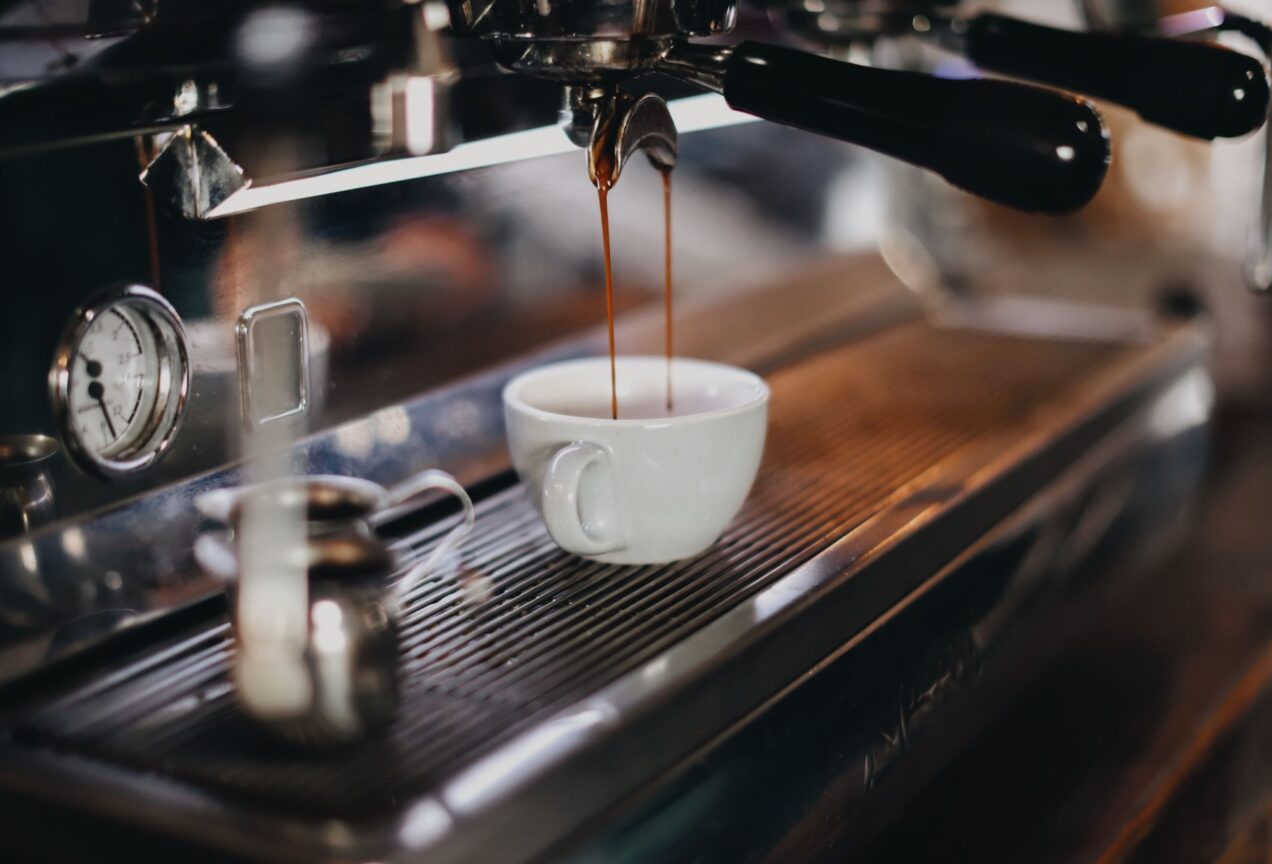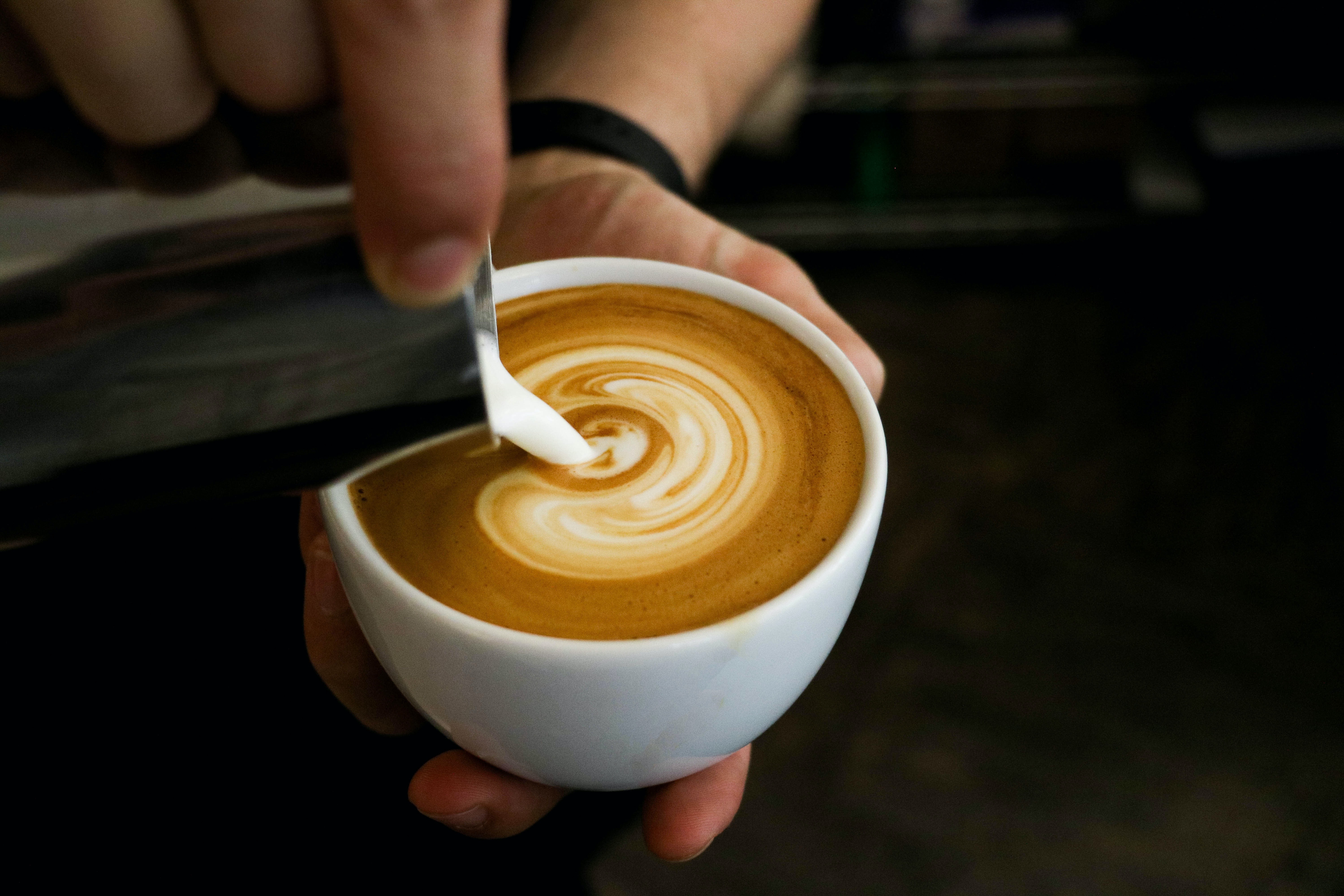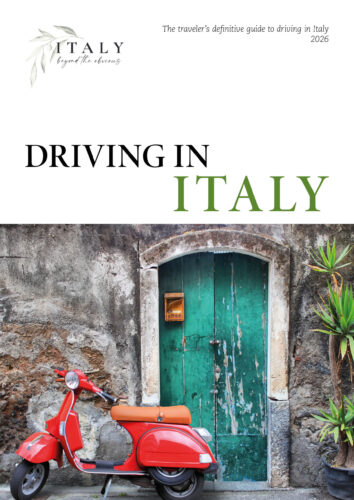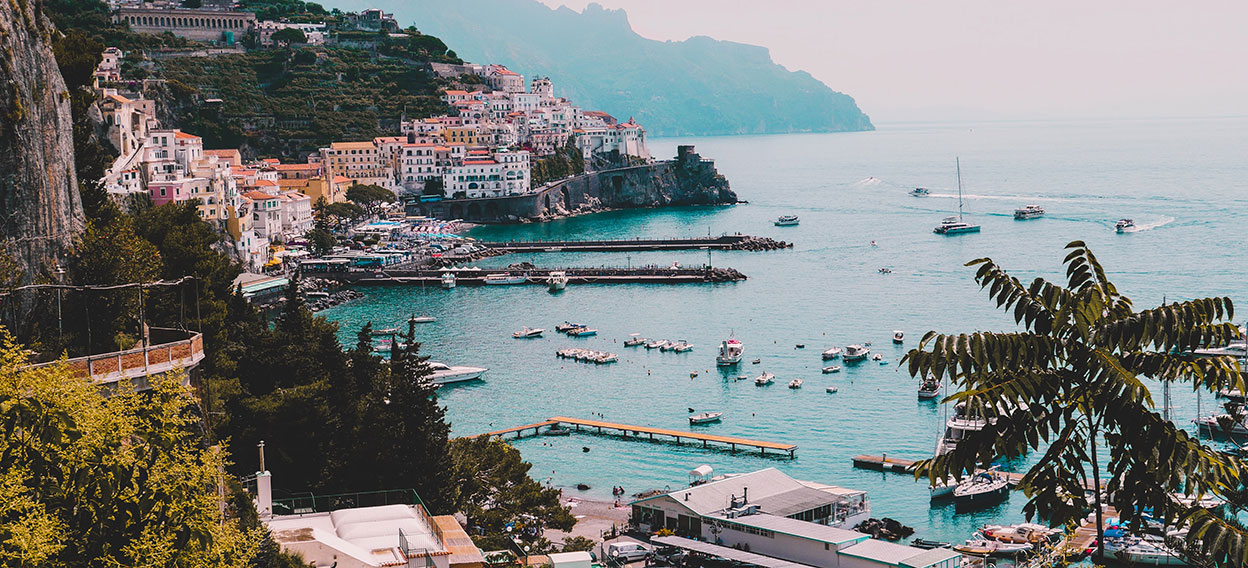
A Pocket Guide to Coffee in Italy
The “bar” (a mix between a coffee house, pub, newspaper stand, tobacco shop, and even post office) is an Italian institution, and even the tiniest hamlets tucked deep in the Italian countryside have at least one. It is here where gossip is exchanged, packages are delivered, excursions begun, card games played, and—of course—cups upon cups of espresso coffee in Italy is consumed.
Coffee is a cornerstone of Italian culture and the country is fueled by more than nine million servings of espresso a day. The “rite of traditional Italian espresso coffee” was nominated for inclusion in UNESCO’s list of Intangible Cultural Heritage of Humanity this year and stopping into a “bar” to toss back a bracing, thimble-sized cup of espresso is a singularly Italian pleasure.

But espresso is not the only drink available at the Italian bar; your average coffee house may not have the endless menu of options you’ll find at Starbucks (don’t expect anything but cow milk, for example, though many have started carrying soy milk), but what you give up in pumps of flavorings you gain in the unbeatable quality and flavor of the coffee itself.
Here’s a pocket guide to Italy’s top coffee drinks to keep on hand for your next trip to Europe’s coffee capital.
500 Years of Coffee in Italy
Coffee first arrived in Italy in the 16th century, imported to Venice from the Ottoman Empire. In 1901, Italy’s coffee culture was revolutionized when Milanese inventor Luigi Bezzera introduced the first “espresso” machine that forced pressurized steam through coffee grinds to produce individual servings of coffee. This process turned out a thicker, more concentrated beverage than traditional “Turkish-style” coffee and took just seconds to make, kicking off the ritual of the “pausa caffè” (coffee break) that still exists today.
Today, pressurized hot water is used instead of steam, producing the creamy top foam that is the sign of a quality espresso, but the “pausa caffè” continues to be an important part of Italian culture. The average Italian consumes about four cups of espresso a day and to survive against what seems like endless competition, a coffee bar must respect the “five M’s”: “miscela” (coffee bean blend), “macinino” (coffee bean grinder), “macchina” (espresso machine), “manutenzione” (machine maintenance), and “mano” (the skill of the barista).

Top Coffee Drinks in Italy
For Italians, the only true coffee is espresso (not expresso), so you don’t need to specify that you want an espresso when you order at a coffee bar. Simply asking for “un caffè, per favore” will get you a steaming toy-sized shot.
There are a number of espresso variations that you will hear (and that you can order yourself) and here is just a sampling:
- Caffè ristretto: a concentrated version of espresso for an extra caffeine hit that fills less than half an espresso cup.
- Caffè lungo: a less concentrated version of espresso that fills the tiny cup almost to the rim, created by letting the brew stream out of the espresso machine for a bit longer.
- Caffè doppio: a double shot of espresso.
- Caffè decaffeinato: Decaffeinated espresso. You will often just hear it referred to as “deca“.
- Caffè macchiato: an espresso topped with a spoonful of frothed milk. You can request a macchiato caldo for hot milk or macchiato freddo for cold milk.
- Macchiatone: a sort of mini cappuccino, made using espresso, milk and a little bit of foam. Known as an “espressino” around Puglia.
- Marocchino: a tiny cup (slightly larger than an espresso cup) with foamed milk, a shot of espresso, and cocoa power.
- Crema caffè: a frozen coffee treat, which comes in two sizes, usually only available in the warmer months.
- Ginseng: a spiced espresso, made with a separate automatic machine, also served in two sizes and usually sweetened.
- Caffè corretto: espresso served with a splash of spirits like grappa, sambuca, whiskey, or cognac; generally served after a meal.
Coffee drinks made with milk are usually enjoyed at breakfast and throughout the morning, though nowadays these creaming concoctions are served in the mid-afternoon as a “merenda” (snack). But once aperitivo hour kicks off, they disappear.
- Latte macchiato: a large glass of steamed milk cut with a shot of espresso. (Keep in mind that “latte” means milk in Italian. If you order a “latte”, you will be served a glass of plain white milk, so don’t skip the “macchiato” part!)
- Caffè latte: similar to a “latte macchiato” with less milk and more espresso.
- Cappuccino: a cup of foamed milk with a shot of espresso.

How to Drink Coffee Like in Italian
Here is some basic coffee bar etiquette to blend drink your coffee like an Italian:
Breakfast drinks: Cappuccino and other milky coffee drinks are never (never) served with or right after lunch or dinner. In fact, many restaurants don’t even have milk frothers, unless they see a lot of tourists come through.
Takeaway: Espresso in Italy is almost always consumed at the bar (either “al banco” or “al tavolo“), and takeaway coffee is very rare (and a sign of a tourist bar). Many cafès—though not so much old-school bars in small towns—stock takeaway cups now, but if you do order coffee to go, you are meant to take it to your next destination and not drink while walking down the street. So do as the Italians do and enjoy it at the bar.
Bar vs. table service: Most Italian coffee bars offer both “servizio al banco” (bar service) and “servizio al tavolo” (table service).
- Bar service: pay for your coffee drink in advance at the cash register (often located at the end of the bar or near the door) and take your receipt to the bar to show the barista when you order. Consume your espresso or other drink quickly to free up space at the bar, especially at busy times of the day.
- Table service: take a seat at an indoor or outdoor table and wait for the server to take your order (you may have to poke your head inside to let them know that you are there if there aren’t clear sight lines from inside to the outdoor tables). Linger over your espresso as long as you’d like and pay the server (or at the cash register) when you are ready to leave. Note: table service prices are higher than bar service; the surcharge can be very expensive at landmark cafés in tourist hotspots like Venice. Always check before you sit down!

The Most Famous Cafés in Italy
Most Italians are loyal to their neighborhood coffee bar, no matter how humble. That said, there are a number of historic coffee houses that are worth a visit:
Tazza d’Oro and Sant’Eustachio – Rome: Rome has two landmark coffee houses that are located within a few minutes’ walk of the Pantheon: Tazza d’Oro and Sant’Eustachio.
Caffé Gilli – Florence: This 300-year-old coffee house is set in the bustling Piazza della Repubblica.
Caffè Florian – Venice: Believed to be the oldest coffee house in Europe, this lavish cafè is on St. Mark’s Square.
Zucca in Galleria (Caffè Miani) – Milan: A Milan landmark, this coffee house near La Scala once served Verdi, Toscanini, and Puccini.
Caffé Gambrinus – Naples: Just across the street from Piazza del Plebiscito and the heart of Neapolitan coffee culture.


